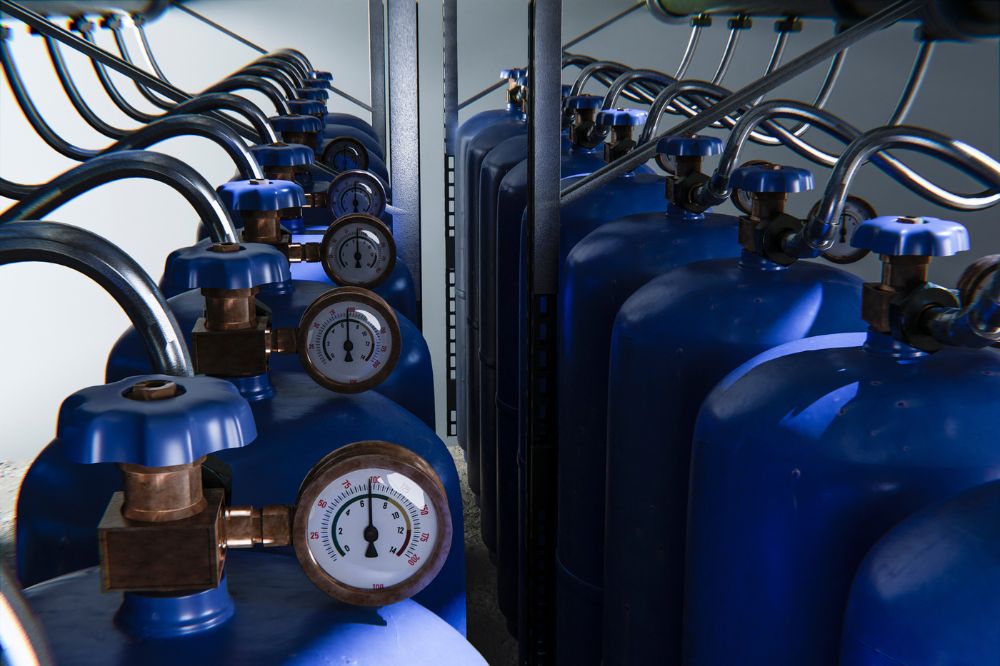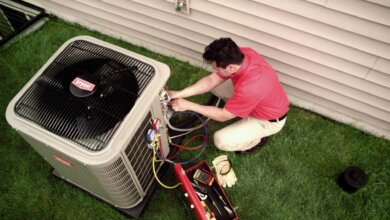Slab Leaks Explained – Signs, Causes & How Detection Works


Beneath the robust concrete slabs supporting homes and commercial buildings, a network of water pipes is quietly at work. When one of these pipes fails, a “slab leak” occurs, posing significant risks to your property’s structure, your finances, and your peace of mind. In Australia’s challenging climate and varied soils, slab leaks are a serious issue that savvy homeowners and facility managers need to understand. Below, discover a truly comprehensive guide on identifying, preventing, and resolving slab leaks, including why expert slab leak detection from MGR Leak Detection is invaluable.
What Is a Slab Leak?
A slab leak refers to a break, crack, or hole in the water lines (or occasionally drain or gas lines) that run beneath a building’s concrete foundation. Because these pipes are hidden, leaks can continue for weeks or months undetected, causing water to pool under the slab, eventually damaging concrete, flooring, and even your building’s foundation. Early detection and repair are critical for minimising both cost and hassle.
Common Causes of Slab Leaks
Understanding what triggers slab leaks can help you reduce the risk and identify problems faster:
- Pipe corrosion: Reactions between minerals in soil and pipe material (especially copper) can cause gradual thinning and eventual leaks.
- Soil movement/settlement: Expansive soils, drought, flooding, or even nearby construction can shift foundations, putting stress on pipes.
- Abrasion: Pipes that rub against concrete, gravel, or rebar due to water movement can wear down over time.
- Poor initial installation: Pipes that are poorly supported, not insulated, or incorrectly joined can fail prematurely.
- Water quality issues: Highly acidic or hard water can accelerate corrosion and pipe wear.
- Tree root intrusion: In search of moisture, tree roots may crack or invade buried water lines.
Recognising the Signs of a Slab Leak
Slab leaks are insidious—damage can progress for ages before becoming obvious. Be on alert for:
Visible Indicators
- Unusually high water bills without increased usage.
- Damp, spongy, or warm spots on floors, especially those not near plumbing fixtures.
- Cracks in floor tiles, warped hardwood, or carpets lifting.
- Discolouration, water stains, or bubbling paint on lower walls.
- Pooling water around the perimeter of the property without a clear cause.
Hidden/Secondary Symptoms
- Reduced water pressure throughout the house.
- Hot water system running constantly, indicating hot water leakage under the slab.
- Mould, mildew, or unexplained musty odours.
- Audible sounds of running or hissing water beneath floors, even when taps are off.
Early attention to these clues can save you from serious property damage and major repairs
How Does Slab Leak Detection Work?
Accurate and non-destructive detection of slab leaks requires specialised expertise and advanced technology. Here are the leading methods used by professional leak detectors in Australia:
1. Acoustic Leak Detection
Sensitive microphones and listening devices are placed above the slab and along pipe runs. Escaping water creates a noise signature (“hissing”, “gurgling”, or “whooshing”) that skilled technicians can interpret. Modern acoustic sensors can even distinguish leak sounds from general building or environmental noise, allowing precise location under concrete.
2. Thermal Imaging Cameras
Leaked water subtly alters floor or wall temperatures. Infrared thermal imaging reveals cool or warm zones caused by water migration, pinpointing the leak’s general area without breaking tiles or concrete.
3. Tracer Gas Detection
This technique involves pumping a harmless, odourless gas (typically a hydrogen/nitrogen mix) into the suspected water line. Highly sensitive detectors then “sniff” for gas escaping through cracks in pipes or slabs, leading directly to the leak, even through thick concrete.
4. Moisture Mapping
Moisture meters are used to survey the slab, identifying areas with unusually high moisture content, often adjacent to or above the source of the leak.
5. CCTV Pipe Inspections
For waste and drainage lines, tiny waterproof cameras are inserted and snaked through pipes. Internal pipe damage, root intrusion, and cracks can be visually identified and precisely located.
What Happens Next? Slab Leak Repairs
Once the leak is detected, MGR Leak Detection can recommend targeted repair options:
- Spot Repair: Excavate directly above the leak, repair or replace the damaged pipe section, then restore the slab and flooring.
- Pipe Rerouting: In cases of multiple failures, new pipes may be run above the slab, bypassing the problematic area, often with less disruption long-term.
- Trenchless Pipe Relining: For certain pipe types and situations, epoxy resin can be used to coat and seal the interior of existing pipes, repairing leaks without excavation.
All repair work is followed by rigorous leak testing and restoration, ensuring your home is safe from further damage.
The Value of Professional Slab Leak Detection
Attempting to locate and repair a slab leak without the right skills or equipment can lead to unnecessary demolition, skyrocketing costs, and incomplete repairs. Expert teams like MGR Leak Detection provide:
- Non-invasive, accurate diagnostics using state-of-the-art equipment.
- Experienced, licensed technicians who minimise property disruption.
- Comprehensive solutions for underfloor, underground, gas, and water leaks.
- Upfront pricing and honest advice to protect your home and investment.
Preventing Slab Leaks
While some causes (like ground movement) are hard to control, you can reduce your risk:
- Schedule periodic inspections, especially if your home is older than 20 years or has a history of slab leaks.
- Maintain balanced water pressure and water quality.
- Repair minor leaks and drips promptly to prevent escalation.
- Avoid planting large trees near water lines and foundation slabs.
- Use experienced professionals for all renovations or plumbing installation work.
Conclusion
A slab leak doesn’t have to spell disaster. By understanding the signs and causes, and by relying on advanced, non-destructive detection methods from experienced providers, you can protect your property, budget, and peace of mind. In Melbourne and throughout Australia, MGR Leak Detection stands at the forefront, offering 24/7 service, cutting-edge technology, and expert care for every leak, every time.






